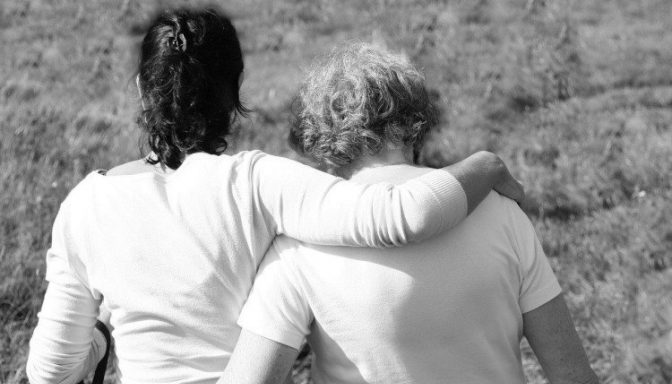Set the example
If you drive, always stay well below speed limits, never drive after alcohol or drugs, make sure everyone is belted up on every journey, never drive distracted, take regular breaks and get a regular eye test. Walk and cycle. Wear a cycle helmet.
Pick your moment and tread carefully
Teens are often bored easily and don’t enjoy being lectured. Don’t talk about everything all at once. Keep things short and simple, and on their terms.
Make sure you have their focus and the atmosphere is relaxed.
Language matters
Talk about crashes not “accidents”. Accident implies no cause and inevitability.
Sow the seed of the idea of zero deaths and injuries
Explain it is possible to have a world without crashes. It is wrong that people die and are injured on roads. Explain there are town planners and vehicle designers working to get the changes we need, so our mistakes don’t kill and maim each other.
Talk about injury and disabilities, as well as deaths
When young, it can be hard to imagine dying. It is easier to imagine the devastating effects of a head injury or spinal injury, and the consequence of being unable to think well or walk.
Talk about technological innovation, leading us towards driverless cars
Use our knowledge centre to talk about technologies already being fitted to vehicles and how they save lives. If buying a car, involve your teen in helping you look for features that help safety and reduce emissions. Investigate cars’ star ratings for safety.
Visit a transport or car museum or exhibition
Use the opportunity to talk about safety advances.
If your teen is driving
Use a motor insurer that offers black box technology that can be fitted to their car to monitor and manage their driving.
If you have an early-teens child who walks and cycles independently...
...work with them to plan the safest routes and require them to keep to these routes.
Talk about place
What does a safe city, town or village look like? Young people grasp quickly that streets designed for people rather than vehicles means space to move on foot, skate boards and scooters. It means less risk, pollution and noise.
Let teens see for themselves. If you live somewhere with busy and dangerous roads, plan a trip, by public transport, to a more traffic-free town centre.
Talk about phones
They are important possessions for most teens. Using public transport means we can focus on our phones. If we drive, we must put on silent and out of reach, because they are so distracting.
Talk about speed, alcohol, drugs, and belting up
Use simple messages.
- The faster we drive, the less chance to stop, the harder we hit.
- Any amount of alcohol or drugs impairs.
- Seat belts in the back stop you flying forwards and killing the person in front, as well as yourself.
- Using roads is the most high-risk thing we do on a daily basis.
Teach them something they don’t know
Such as why hands-free phones can impair as much as hand-held, or the numbers of injuries every day or week.
Talk to teachers in your children’s school
Persuade teachers to incorporate road safety in the curriculum, for example in statistics and physics. Go to our guide for secondary schools.


